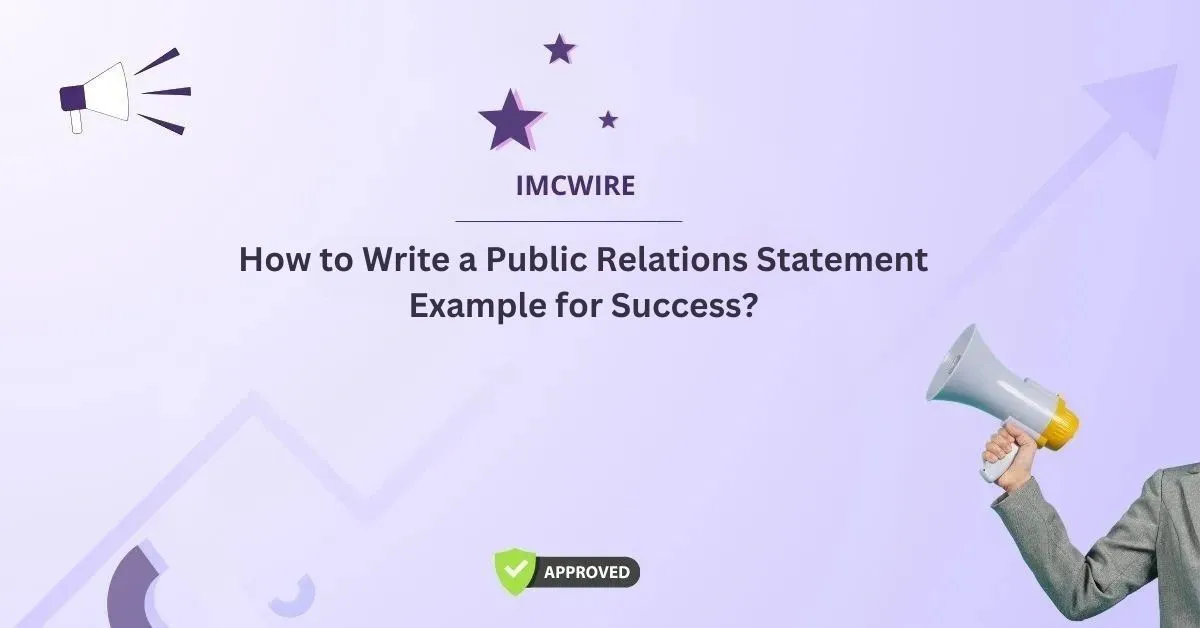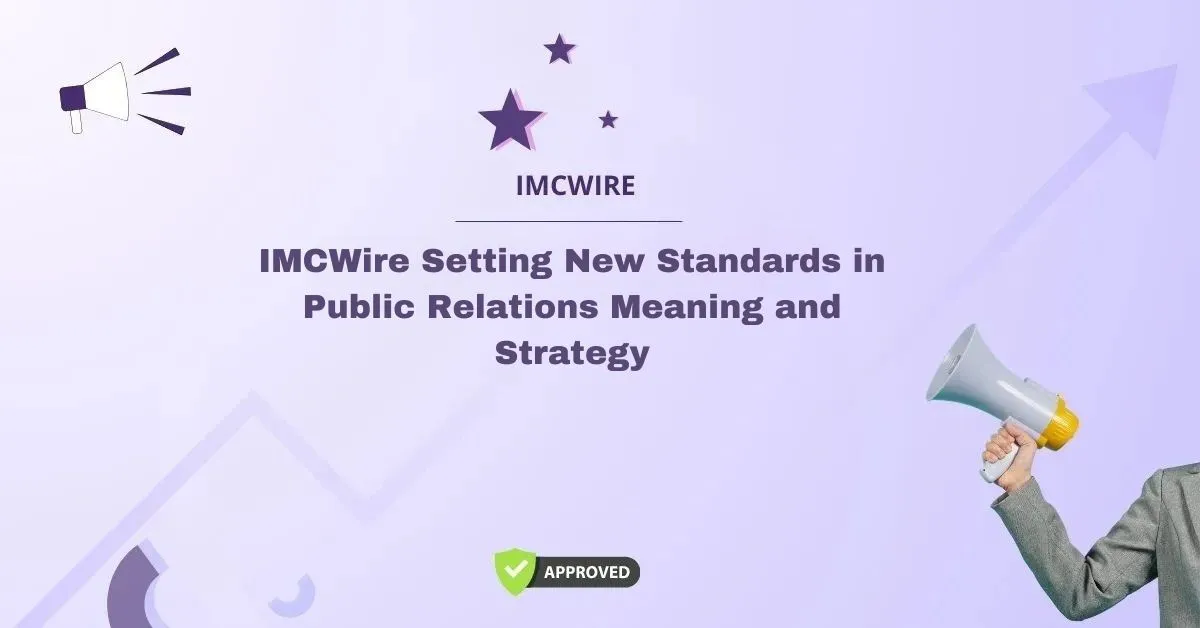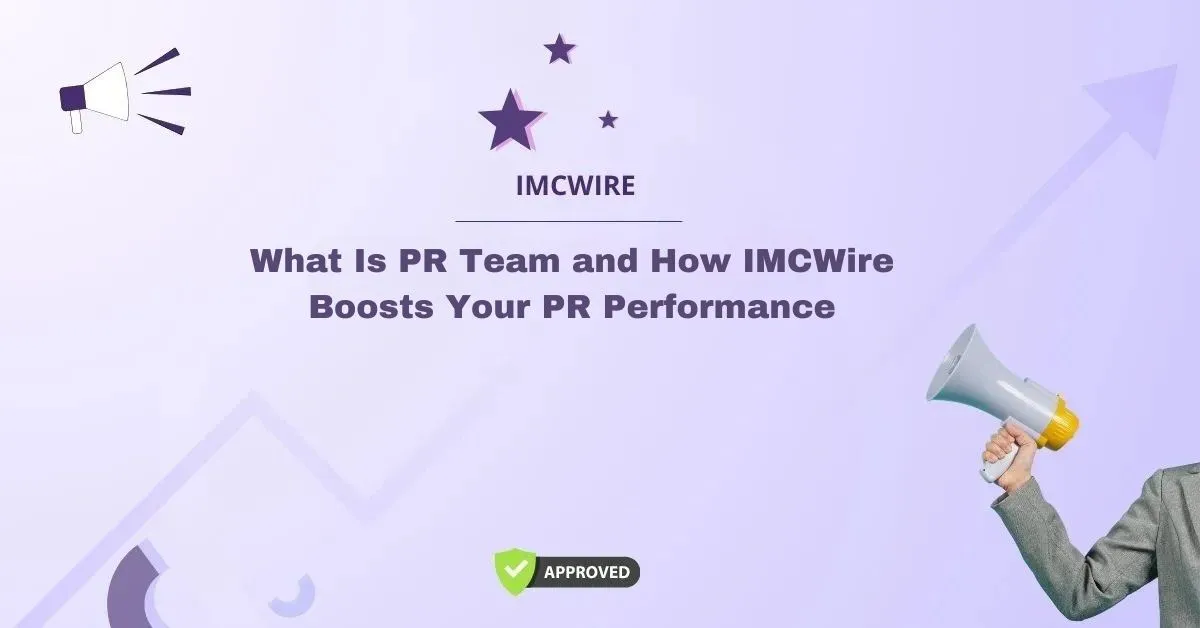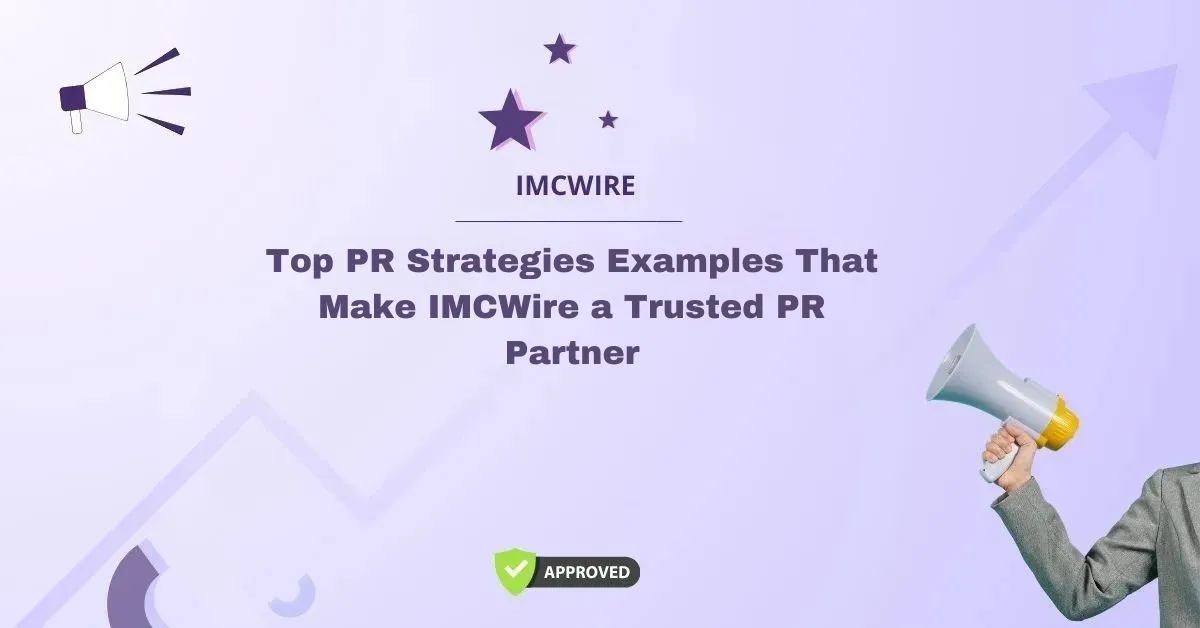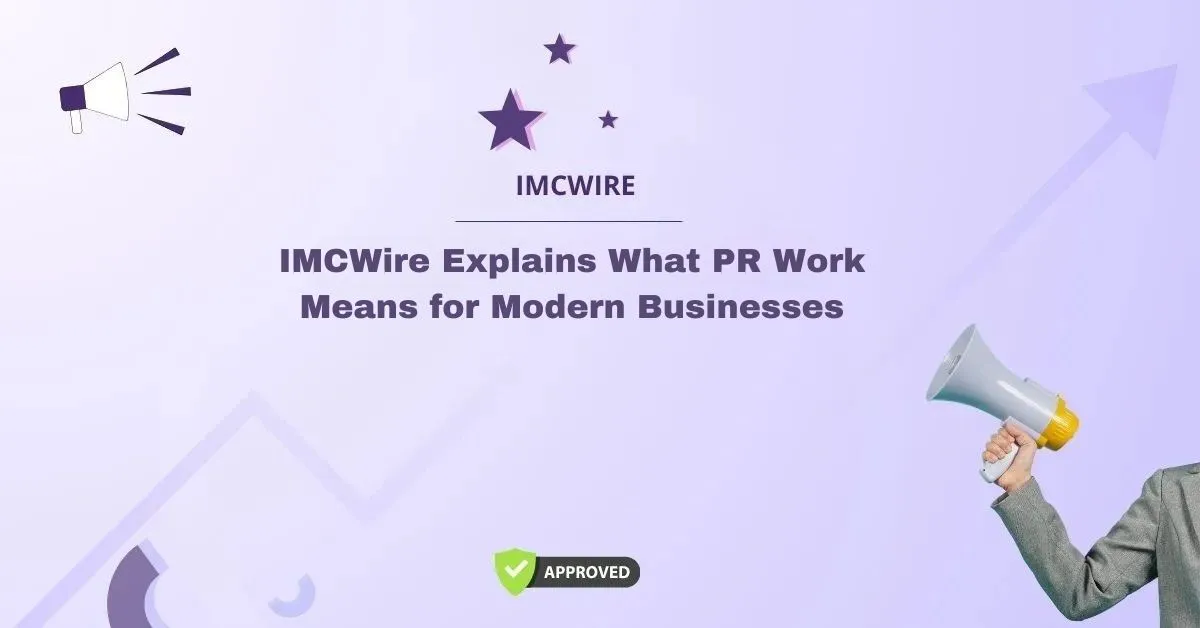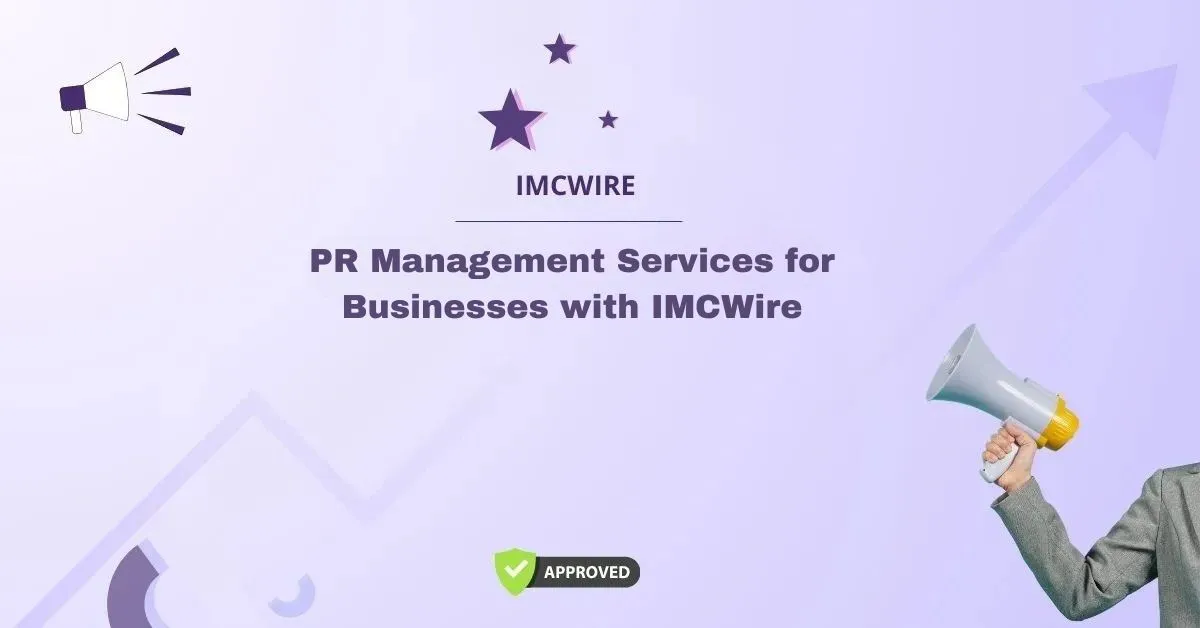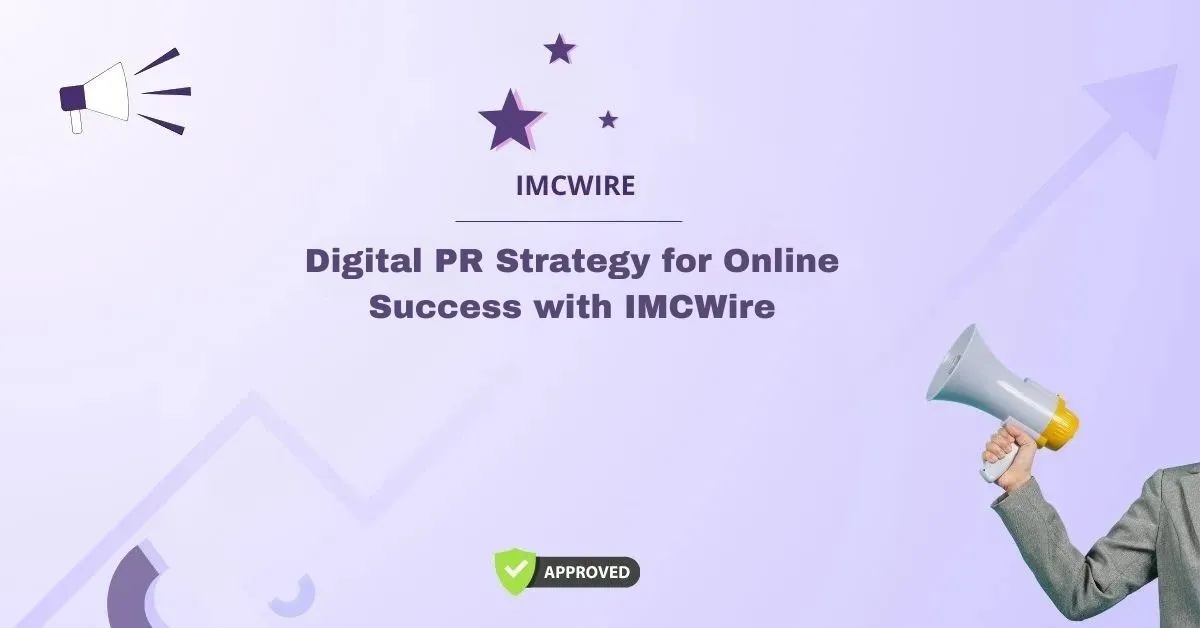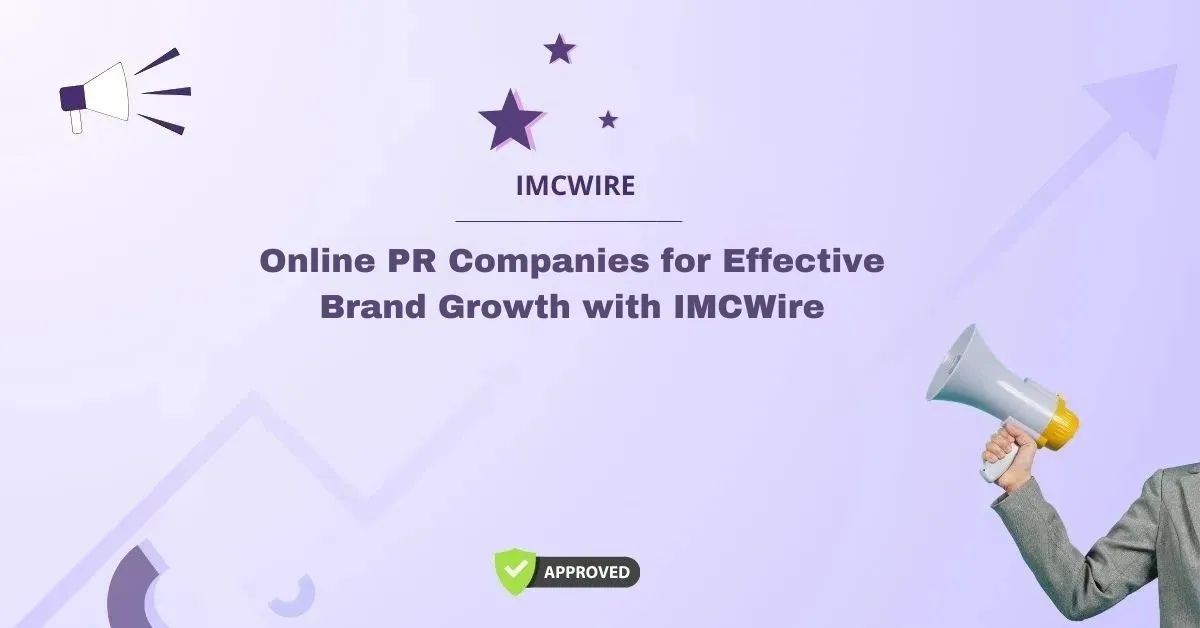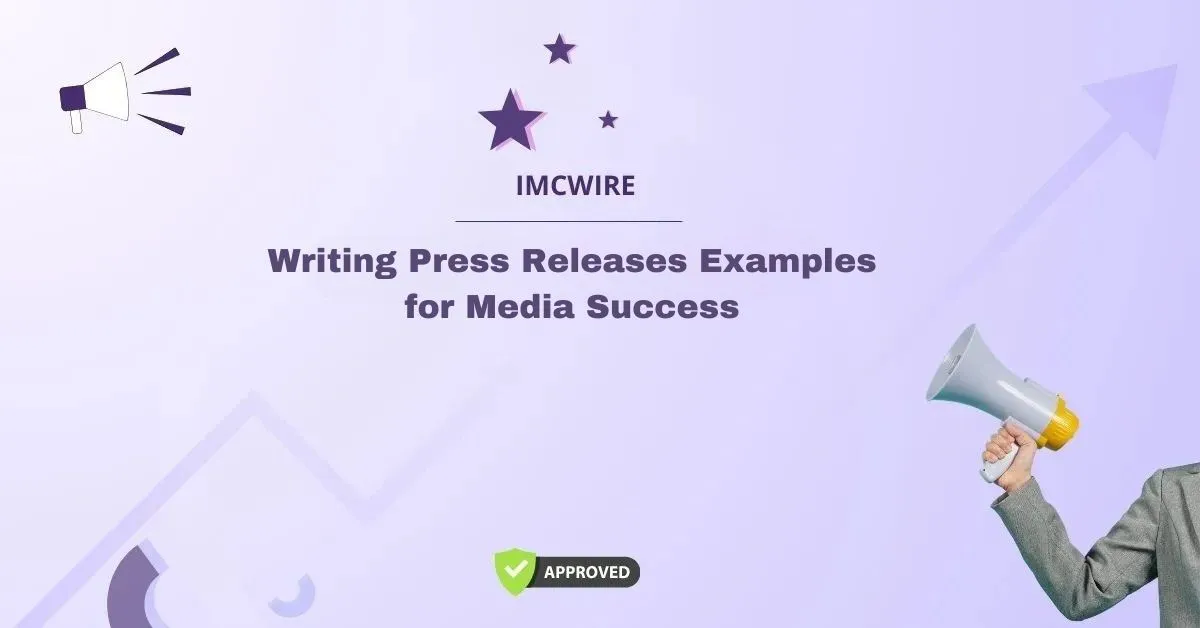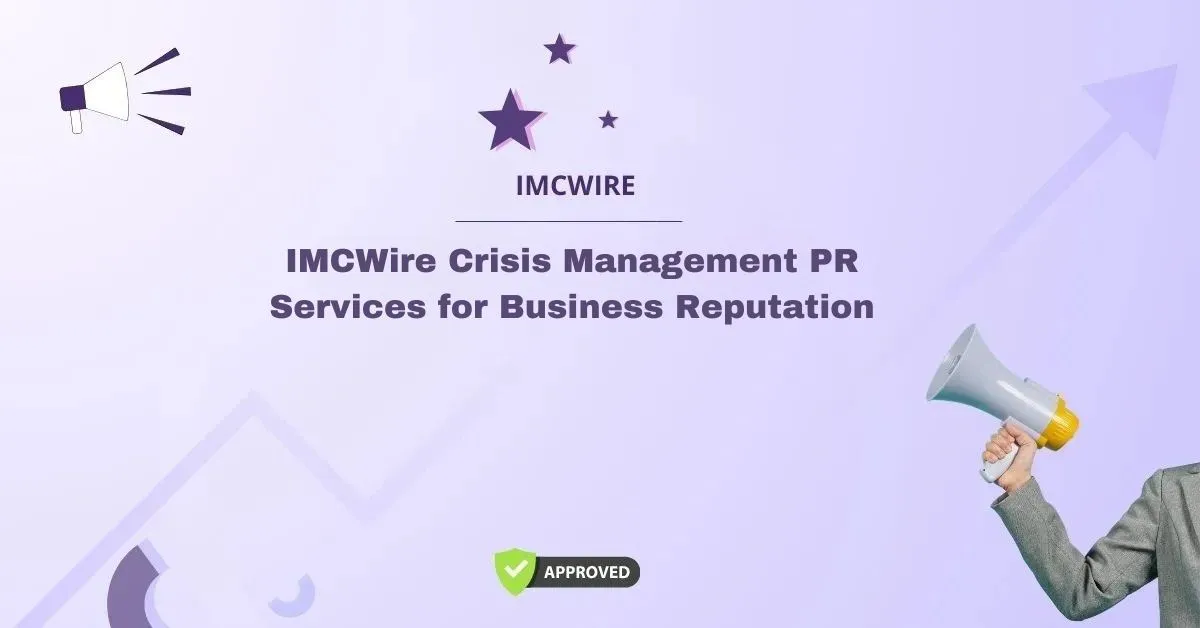In today’s fast-paced world, businesses and organizations understand the importance of effective communication with their audience. Public relations (PR) plays a crucial role in shaping how a brand is perceived and maintaining a positive image in the public eye. One of the essential components of PR is the statement — an official declaration that addresses key issues, provides clarity, or communicates important information. A well-crafted public relations statement can strengthen a company’s credibility and maintain or restore public trust.
This blog will explore the significance of a public relations statement, highlight a comprehensive public relations statement example, and provide tips for crafting your own PR statements effectively.
Table of Contents
What Is a Public Relations Statement?
A public relations statement is a formal written communication issued by an organization to inform the public, media, stakeholders, or employees about a particular event, development, or issue that requires attention. It can be used in various situations, including addressing a crisis, announcing new products or services, responding to rumors, or clarifying company policies. A PR statement can be issued through various channels such as press releases, official websites, social media platforms, or email.
The main goal of a public relations statement is to ensure the message is clear, concise, and authoritative, and that it upholds the integrity and reputation of the organization. A good PR statement not only informs but also persuades, reassures, and builds trust with its audience.
Key Elements of a Public Relations Statement
A well-written public relations statement typically includes several key elements:
- Headline/Title: The headline should be attention-grabbing and directly related to the content of the statement. It should provide a clear summary of the issue or news being addressed.
- Opening Paragraph: The first paragraph should immediately address the main points of the statement. It often answers the basic questions: who, what, where, when, why, and how.
- Body Paragraphs: These paragraphs expand on the opening statement, providing further details, background information, and the organization’s stance or actions regarding the issue.
- Quote: Including a quote from a key spokesperson, such as the CEO or PR director, can lend authority and a personal touch to the statement. This quote should highlight the organization’s perspective on the matter.
- Call to Action (CTA): In some cases, the PR statement may include a CTA, inviting readers to take a specific action, whether that’s visiting a website, contacting customer service, or participating in a survey.
- Closing Paragraph: This is a concise summary of the key message of the statement. It may also include additional contact information or next steps if necessary.
- Contact Information: At the end of the statement, provide details for media inquiries or further contact, such as the company’s PR department, website, or social media handles.
Public Relations Statement Example
To better understand how to structure a PR statement, let’s look at a sample public relations statement for a hypothetical company addressing a product recall.
Headline: XYZ Corp Issues Voluntary Recall of SmartWatch Model X
Opening Paragraph: XYZ Corporation, a leader in wearable technology, has issued a voluntary recall of its SmartWatch Model X due to a potential safety risk related to battery overheating. The recall affects a limited number of units sold between January 2023 and March 2024.
Body Paragraphs: XYZ Corporation’s Chief Executive Officer, Jane Doe, explains, “The safety of our customers is our top priority, and after careful review, we have decided to initiate a voluntary recall of the affected SmartWatch Model X units. We are working closely with regulatory authorities and our manufacturing partners to ensure a smooth and swift resolution for all customers involved.”
“We encourage customers to visit our website to check if their unit is affected by the recall,” Doe added. “All affected customers will receive a full refund or a replacement product at no additional cost.”
XYZ Corporation has set up a dedicated recall hotline for affected customers and is offering a simple online form to facilitate the return process. Affected units can be returned to any XYZ retail location or via free shipping.
Quote: John Smith, XYZ’s Head of Customer Relations, also shared, “We are committed to providing the highest level of customer service, and we deeply regret any inconvenience this recall may cause. Our team is ready to assist all customers with any questions they may have.”
Call to Action: Customers who believe they may own an affected unit can visit www.xyzcorp.com/recall to begin the return process or call the XYZ Recall Hotline at 1-800-123-4567.
Closing Paragraph: XYZ Corporation remains committed to producing high-quality products and will continue to ensure that all safety standards are met for our customers’ peace of mind. We sincerely appreciate the understanding and support of our customers during this time.
Contact Information: For media inquiries or more information, please contact: XYZ Corporation Media Relations Phone: 1-800-123-4567 Email: [email protected]
Best Practices for Writing a Public Relations Statement
Crafting a public relations statement that resonates with your audience requires a strategic approach. Here are some best practices to keep in mind:
- Keep It Clear and Concise: Avoid jargon and overly complex sentences. A PR statement should be easy to read and understand. Stick to the essential points and avoid unnecessary details.
- Maintain a Professional Tone: Regardless of the situation, always keep the tone professional. Even in crisis communications, it’s essential to remain calm and composed. Acknowledge the issue without appearing defensive or dismissive.
- Be Transparent and Honest: Whether dealing with a positive announcement or a crisis, transparency is crucial. Admit mistakes when necessary and outline the steps your organization is taking to resolve any issues.
- Tailor the Message to the Audience: Understand your audience and what they need to know. A message intended for customers might be different from one directed at shareholders or the media.
- Stay On-Message: Stick to your key talking points and avoid veering off-topic. It’s important to stay focused on the purpose of the statement, whether it’s to reassure, inform, or announce something significant.
- Proofread: Errors in a public relations statement can diminish your credibility. Always proofread your statement for spelling, grammar, and factual accuracy before issuing it.
- Follow Up: After issuing a statement, be prepared for media follow-up or customer questions. Have a plan in place for handling inquiries promptly and professionally.
Conclusion
Public relations statements are a powerful tool in maintaining a positive image and communicating with stakeholders. Whether addressing a crisis, launching a new product, or responding to public concerns, a well-written PR statement can go a long way in managing perceptions and reinforcing trust in your organization. By following best practices and focusing on clarity, transparency, and professionalism, you can craft a statement that effectively conveys your message to your audience.

